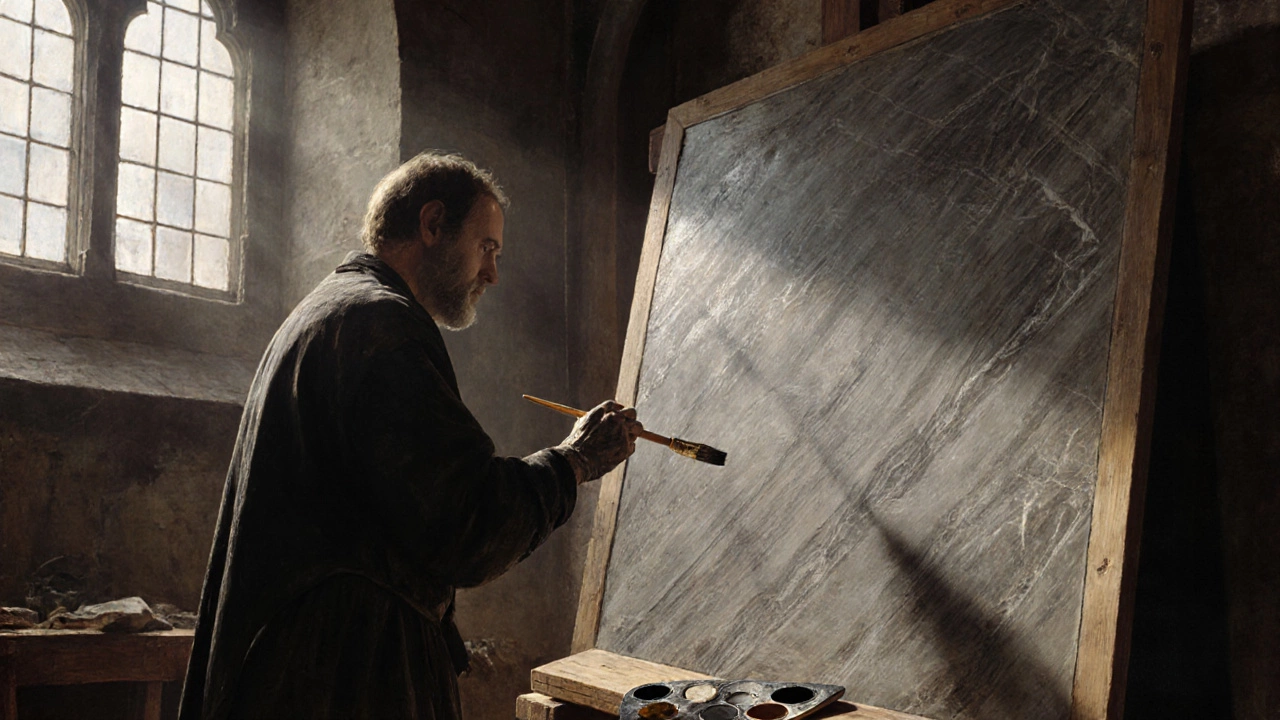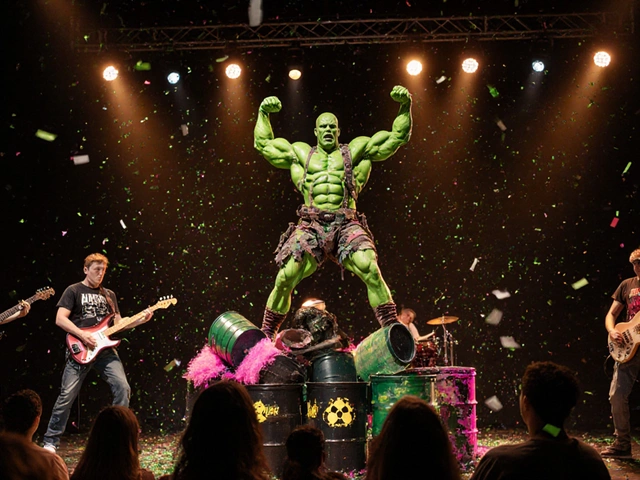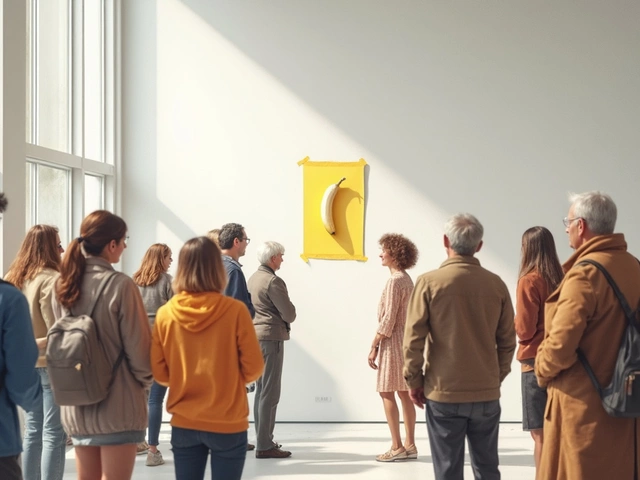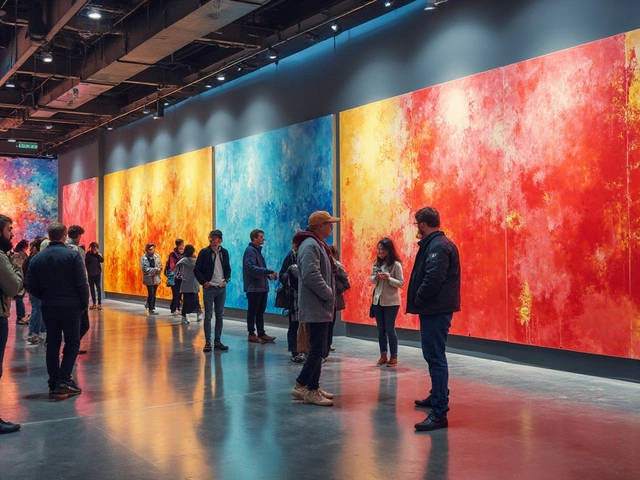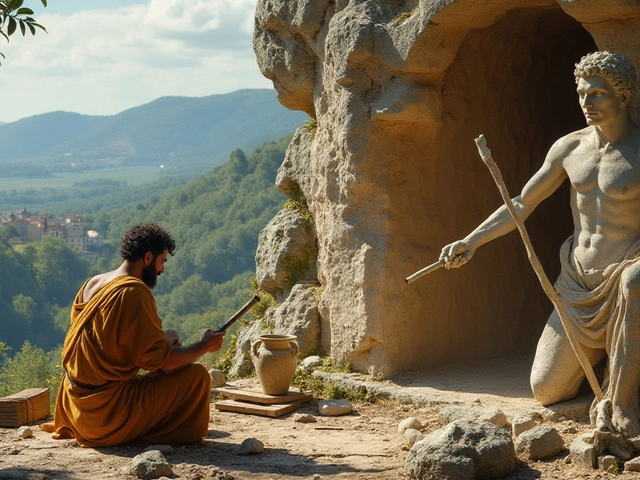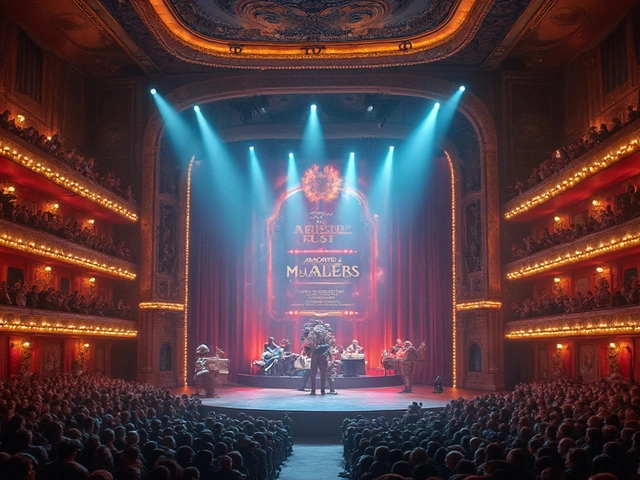Renaissance Art – History, Techniques, and Modern Inspiration
When exploring Renaissance art, the cultural rebirth that swept Europe from the 14th to the 17th century, reviving classical ideals in painting, sculpture, and architecture. Also known as the Renaissance, it laid the groundwork for modern visual language and still fuels everyday creativity.
Renaissance art Renaissance art encompasses a renewed focus on realism, perspective, and human emotion. It requires a deep grasp of portrait painting, the practice of capturing a person’s likeness and inner life on a flat surface, a skill that flourished under masters like Leonardo and Titian. It also demands mastery of oil painting, a medium that uses pigments suspended in drying oil, allowing rich color blends and subtle glazes. Together, these techniques let artists render textures, light, and depth in ways that still set the standard for contemporary studios.
Why the Renaissance Still Matters for Today’s Artists
Understanding art history, the chronological study of visual culture, its movements, and the people behind them gives you a map for navigating modern trends. When you know how Renaissance masters experimented with canvas, wood panels, and linen, you can choose the right surface for your own work—whether you prefer a smooth panel for fine detail or a sturdy canvas for bold gestures. The “slow over fast” rule, the careful layering of glazes, and the use of chiaroscuro all trace back to that era, showing that good technique is timeless.
Modern artists also borrow Renaissance ideas when they digitize sketches, sell prints online, or plan exhibitions. The same compositional tricks that made a 16th‑century altarpiece compelling can make a digital portfolio pop, and the market still rewards works that echo those classic principles. From sculpture to watercolor, the influence runs deep, giving you a toolbox that mixes historical wisdom with fresh, practical applications.
Below you’ll find a hand‑picked collection of articles that dive into portrait surfaces, oil‑paint activation, watercolor storage, digitizing artwork, and even how contemporary art reads the legacy of the Renaissance. Whether you’re a beginner looking for a solid foundation or a seasoned creator hunting for nuanced tips, these posts give you concrete steps and real‑world examples to bring the spirit of the Renaissance into your own practice.
Grisaille Technique Explained: History, Materials & How‑to Guide
Learn what the grisaille technique is, its history, materials, step‑by‑step guide and tips for creating striking monochrome artworks.
Continue Reading